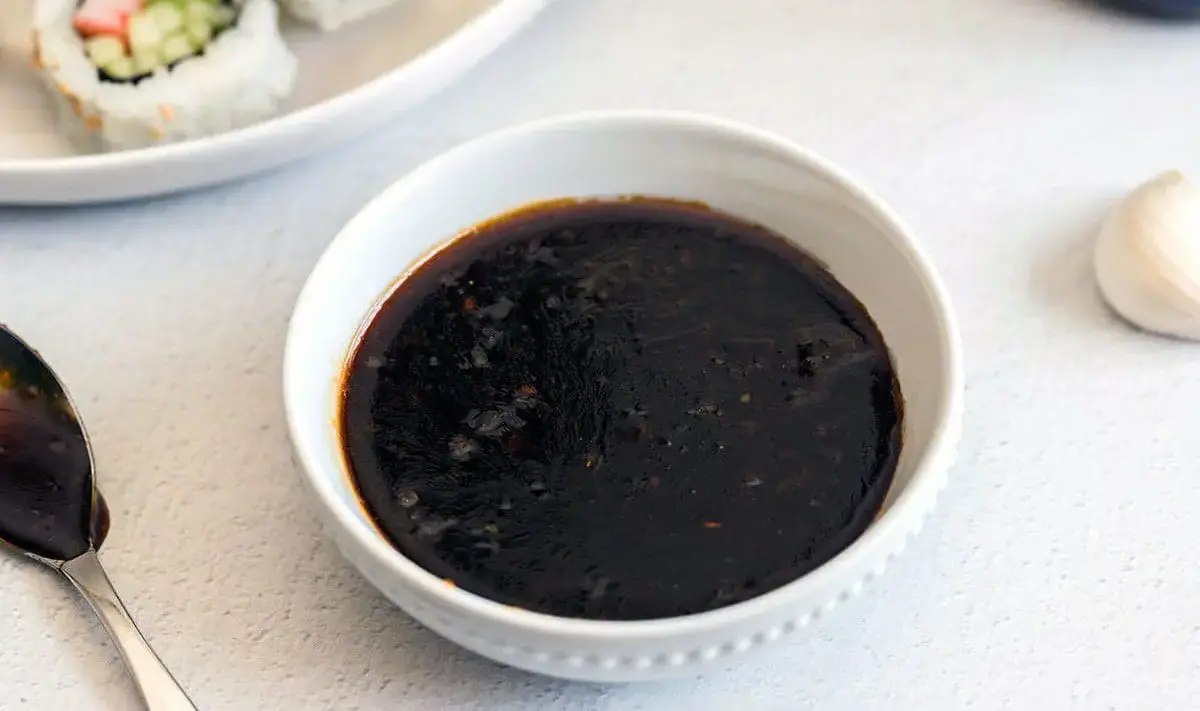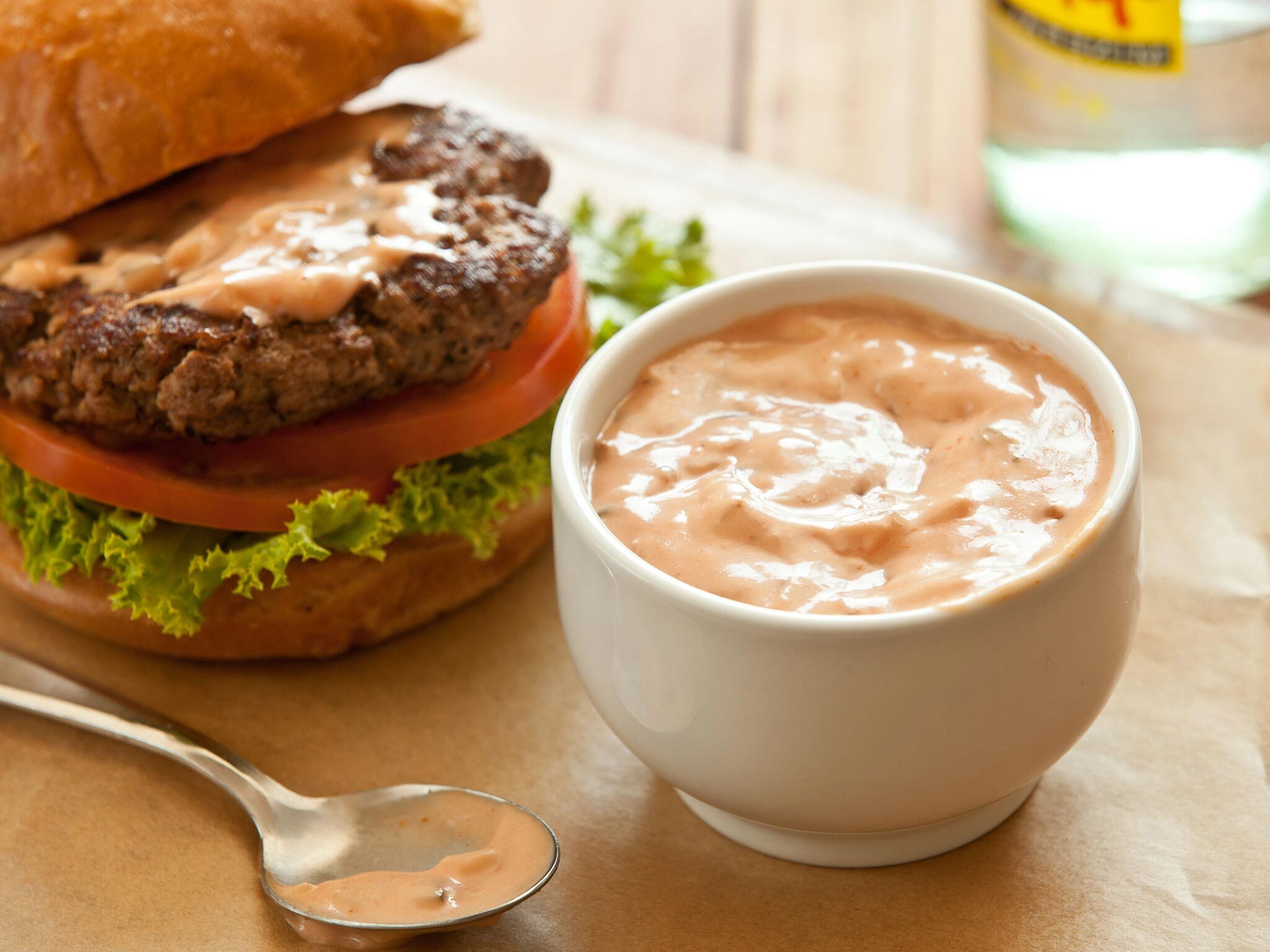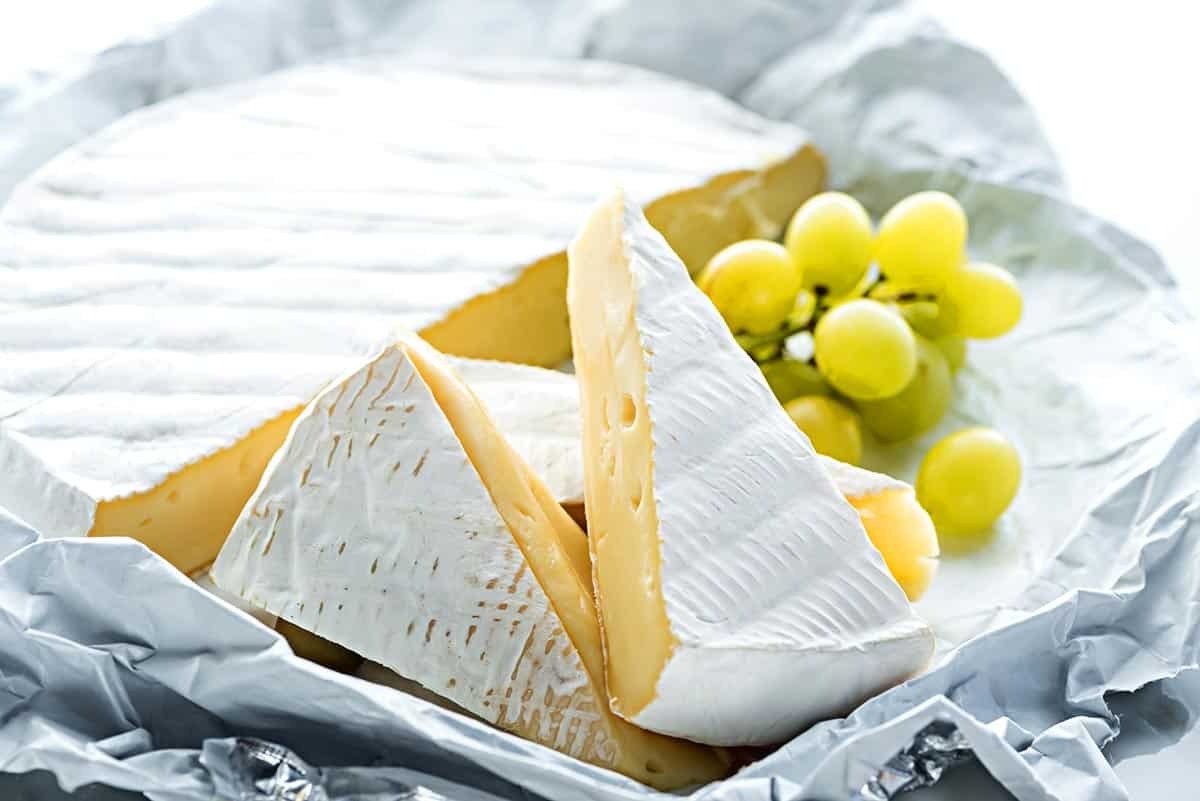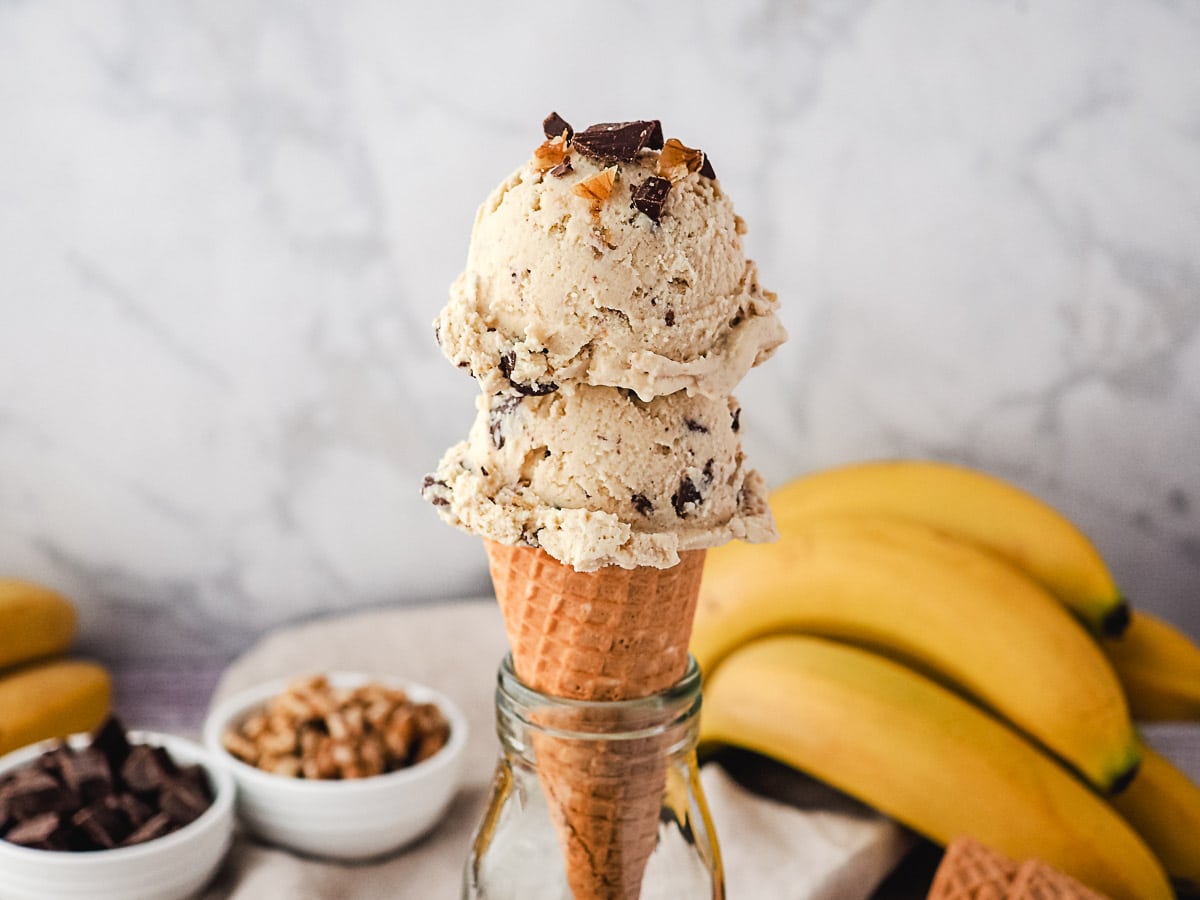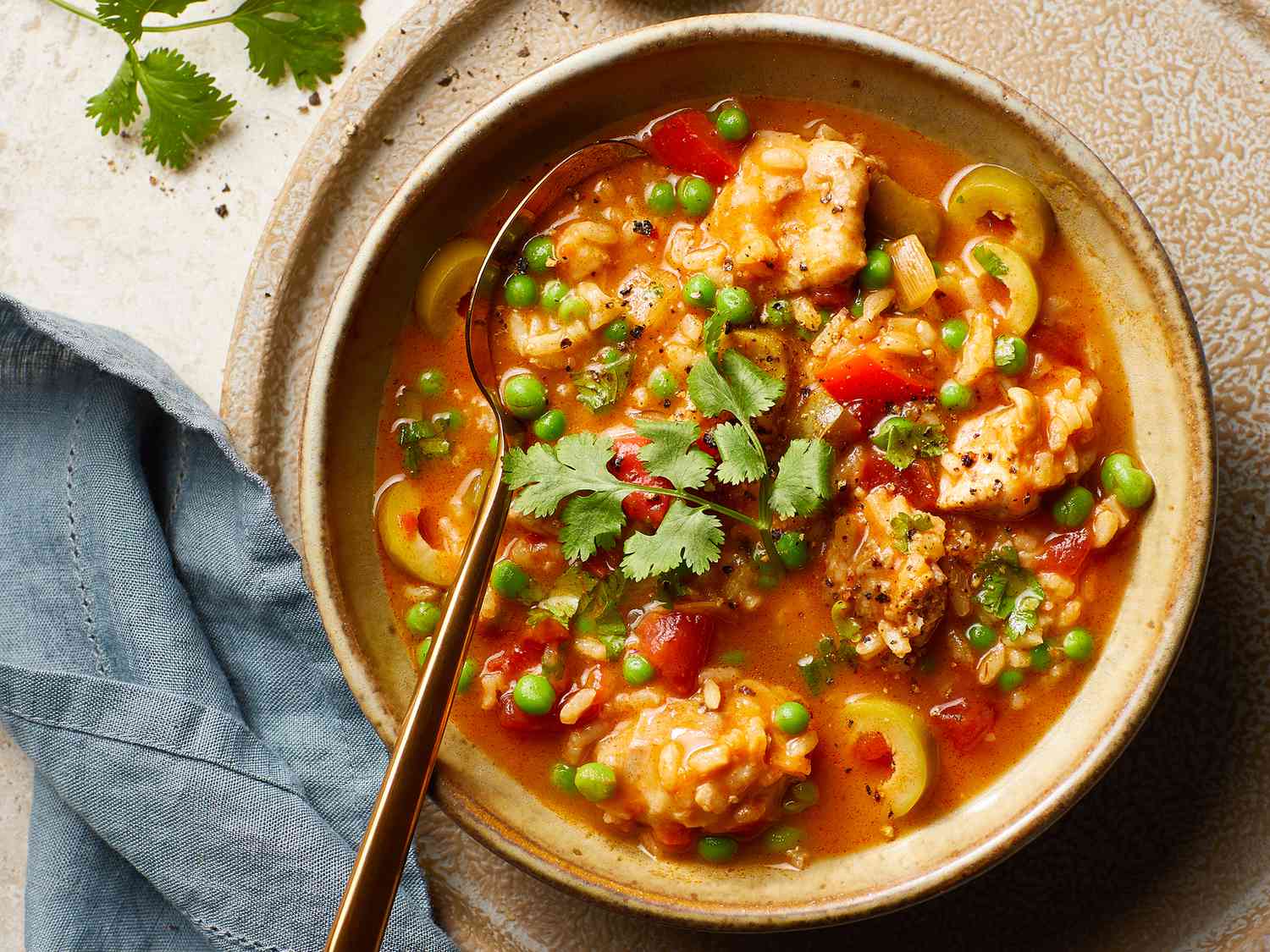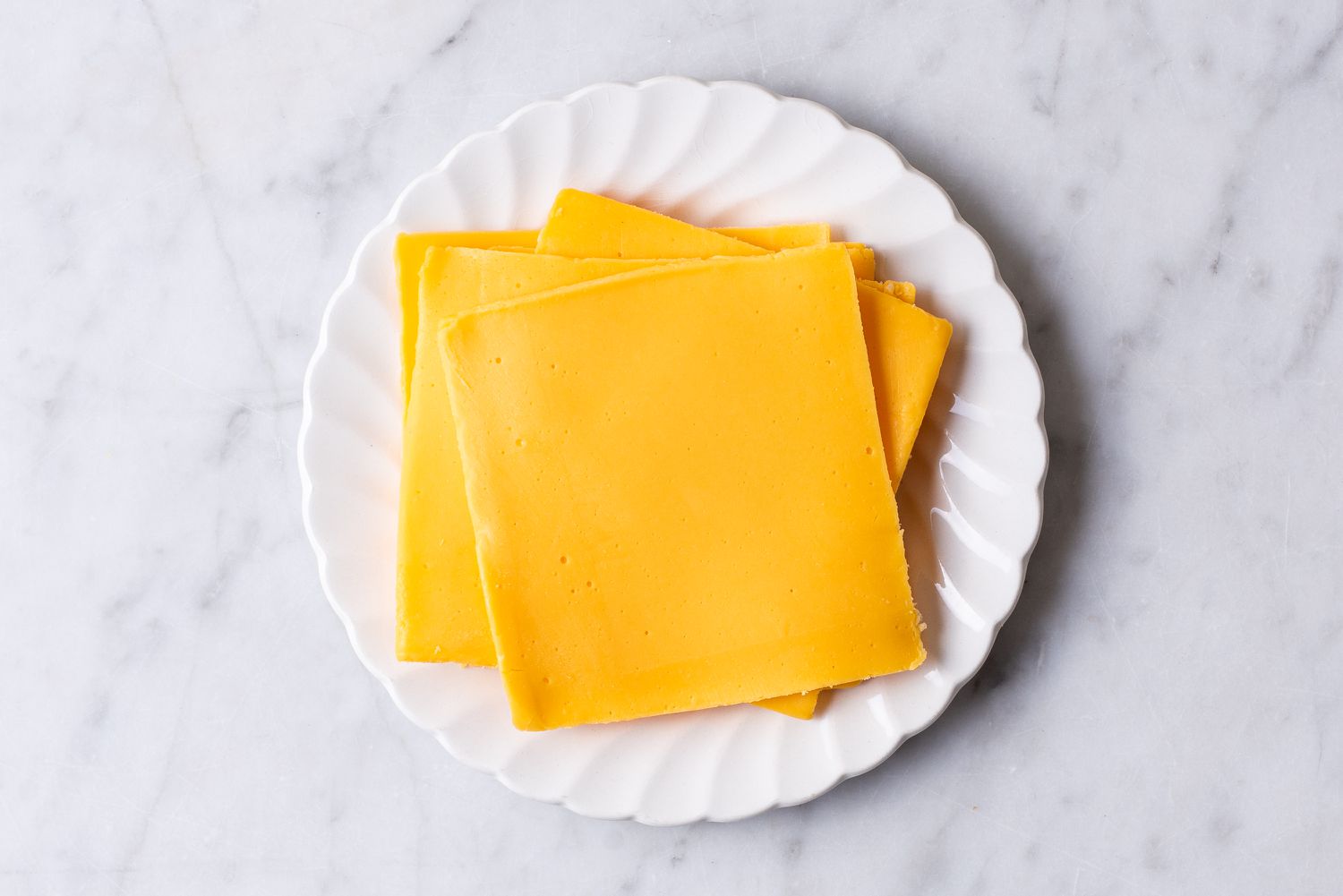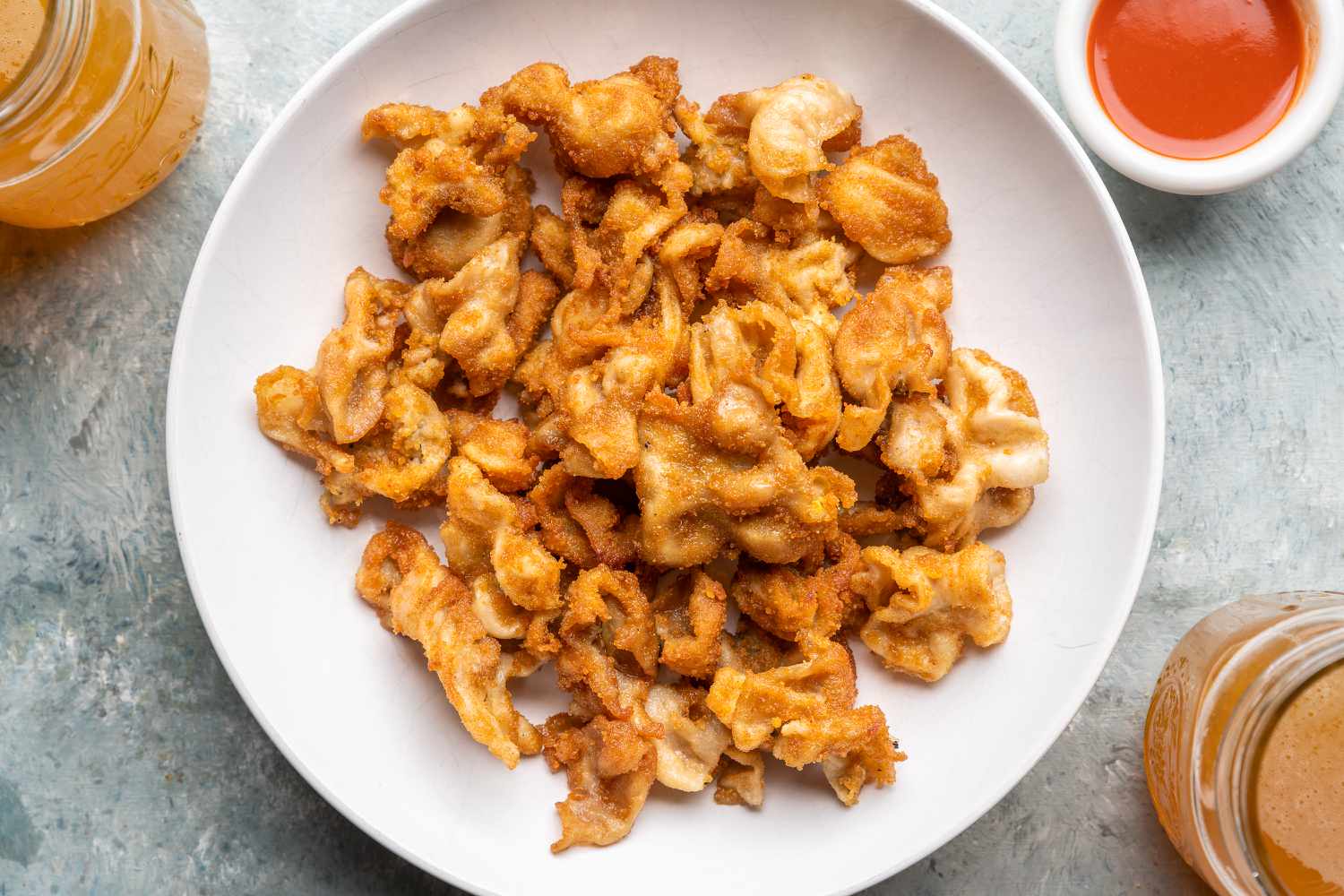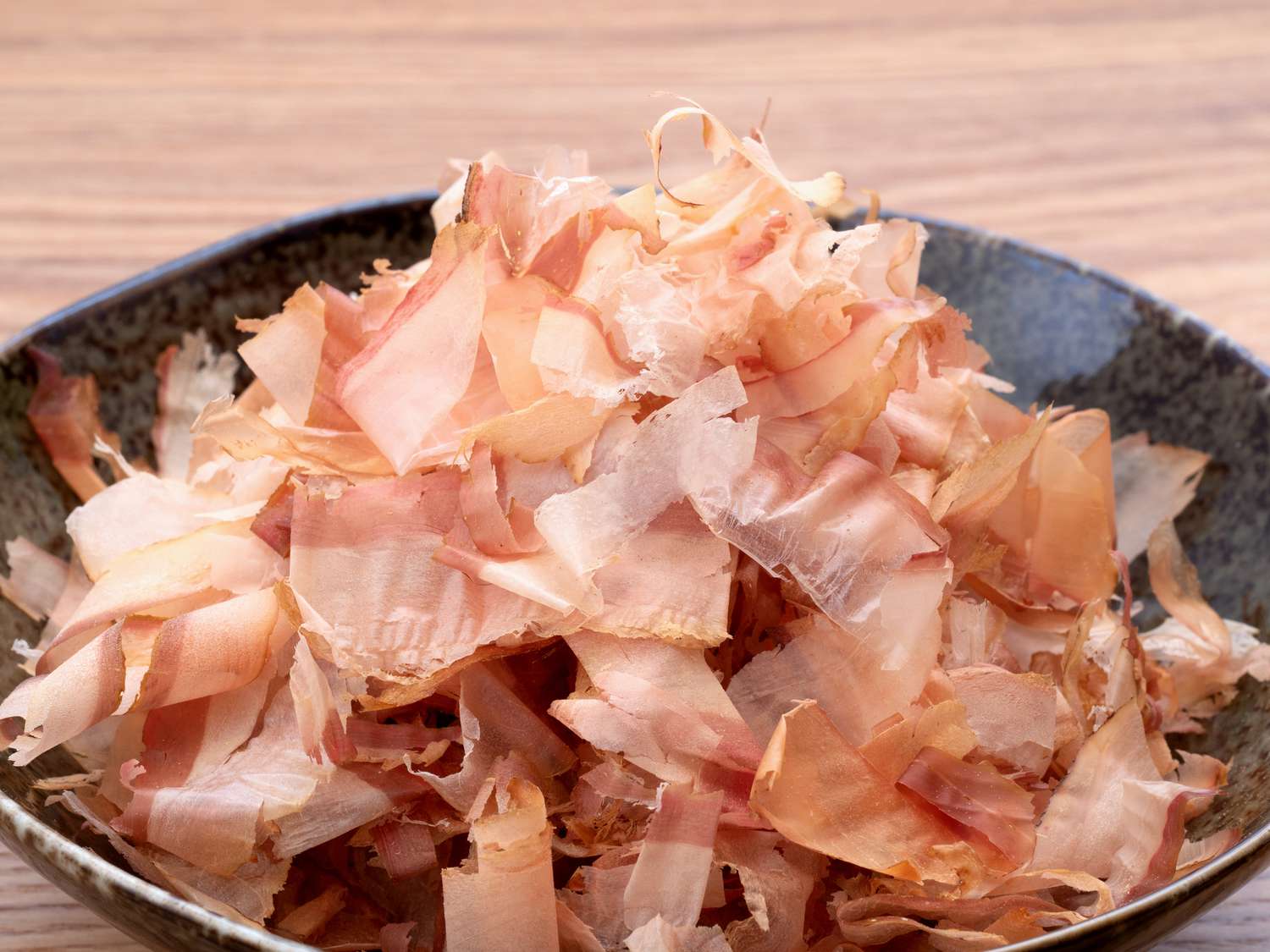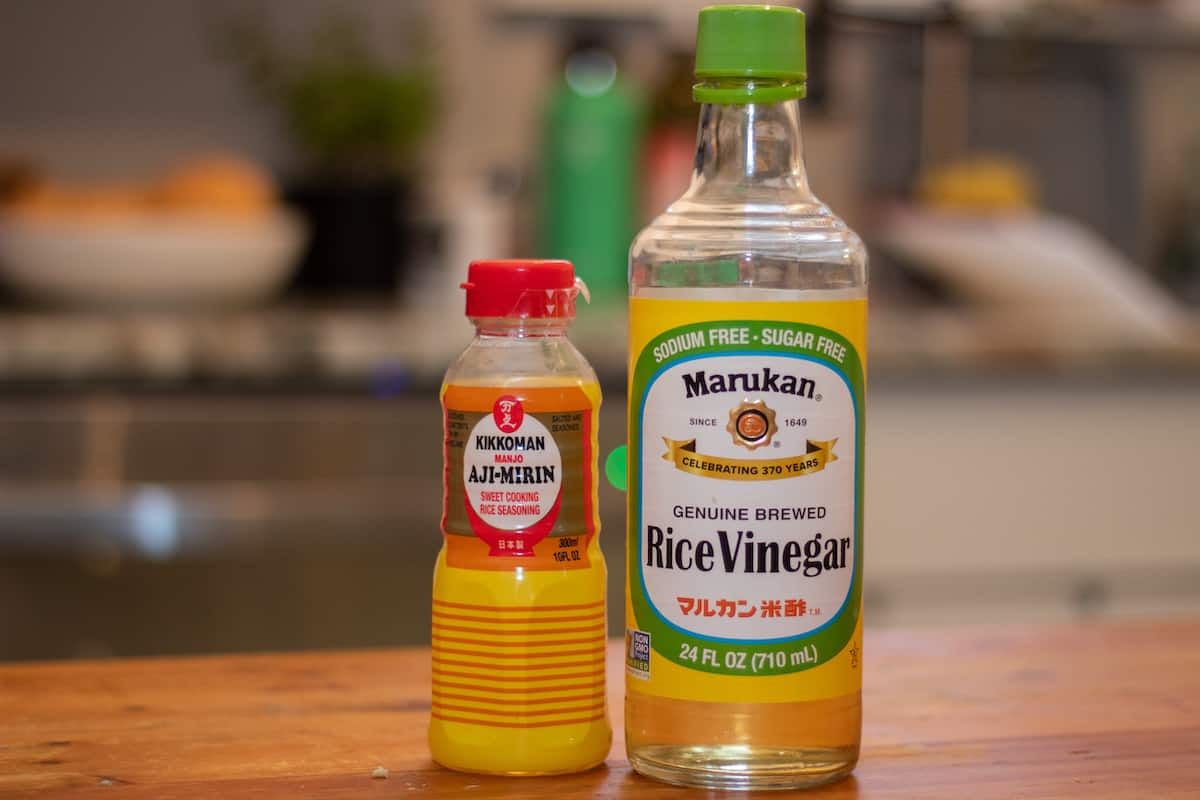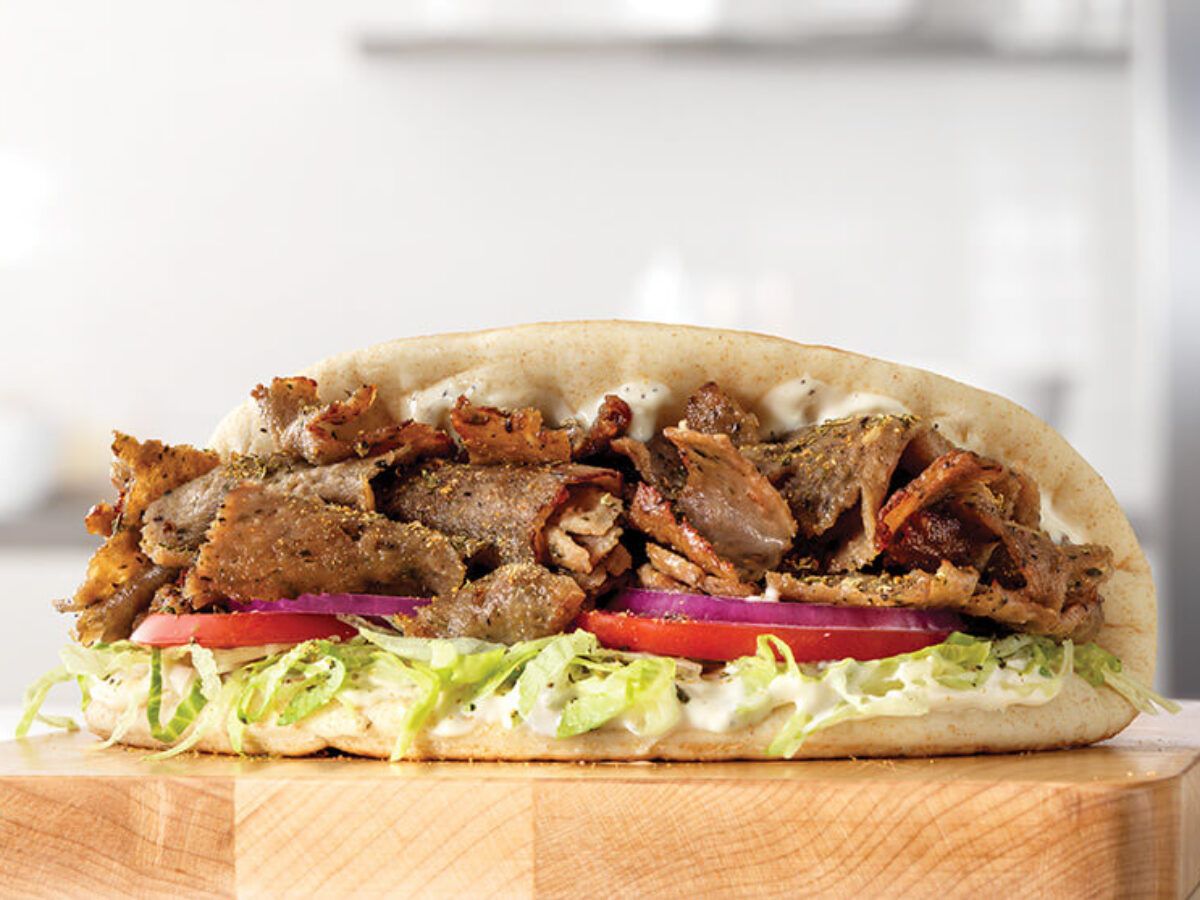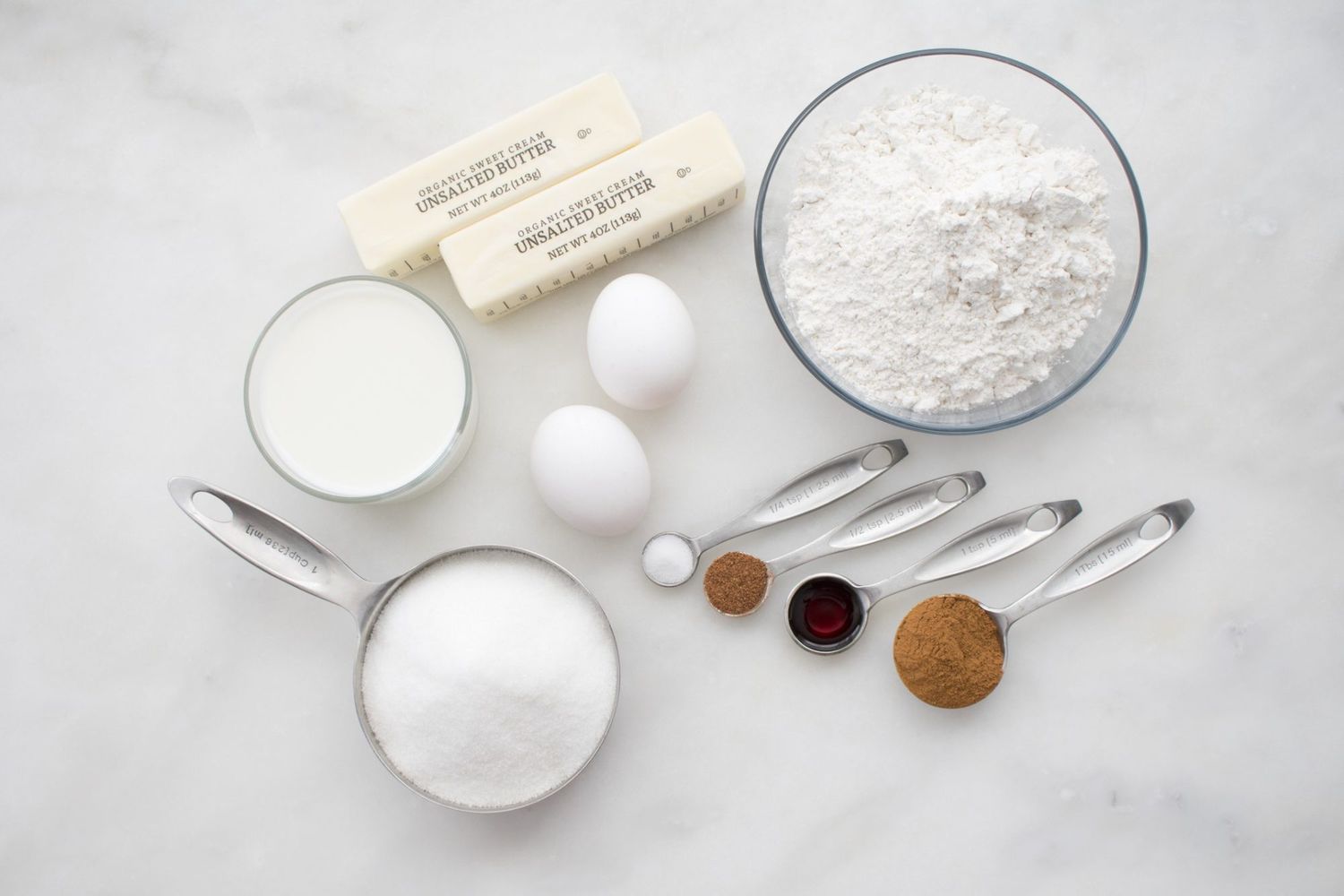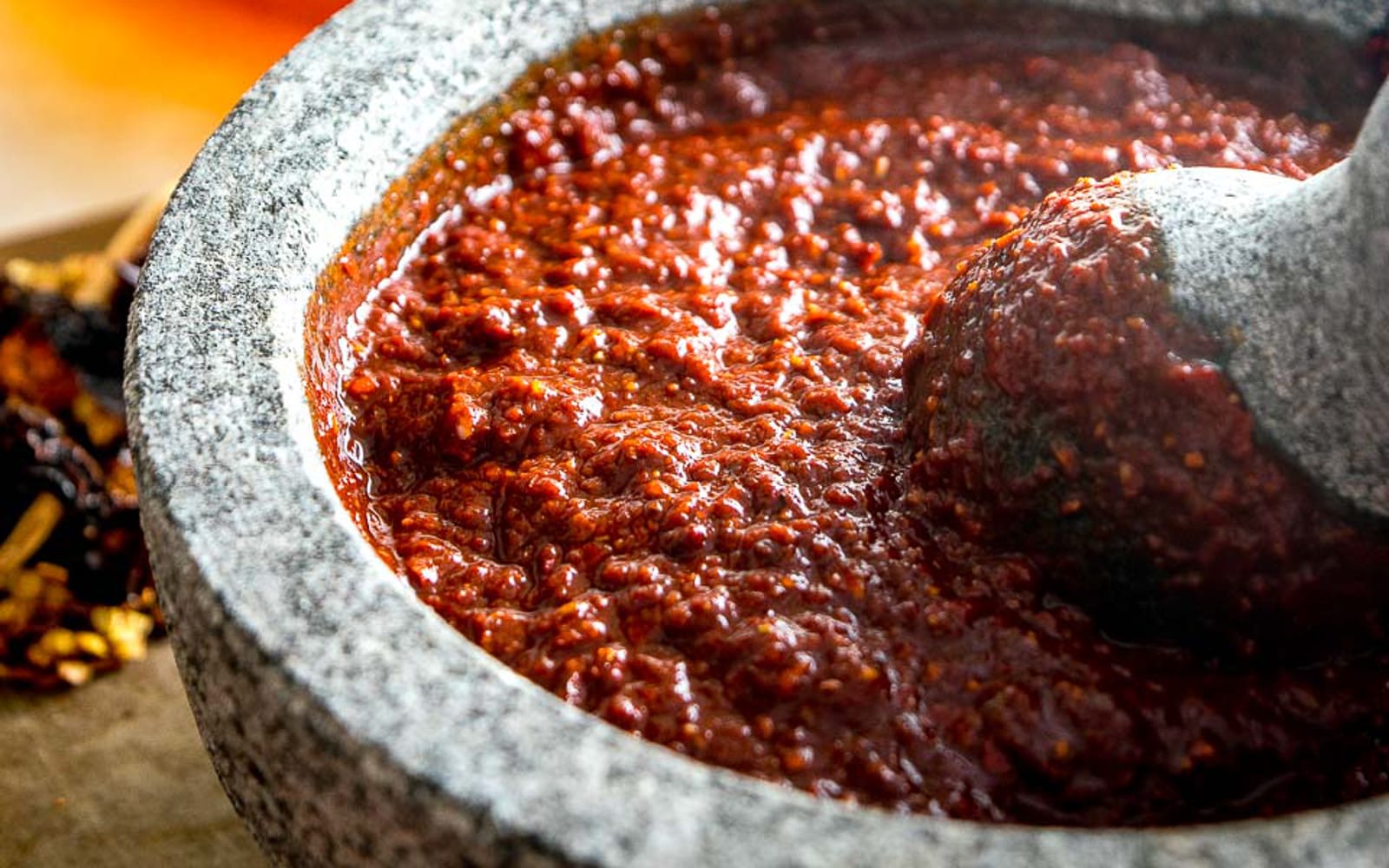Understanding Cornflour: A Versatile Ingredient
When it comes to cooking and baking, there are countless ingredients that play a crucial role in creating delicious dishes. One such ingredient is cornflour, which is a staple in many kitchens around the world. But what exactly is cornflour, and how is it used in cooking? Let’s delve into the world of this versatile ingredient and explore its many uses and benefits.
What Is Cornflour?
Cornflour, also known as cornstarch in some regions, is a fine, powdery substance that is derived from the endosperm of corn kernels. It is commonly used as a thickening agent in a variety of recipes, ranging from soups and sauces to desserts and baked goods. The process of creating cornflour involves grinding the starchy part of the corn kernel into a fine powder, resulting in a versatile ingredient that is a staple in both savory and sweet dishes.
Uses in Cooking
Cornflour is prized for its ability to thicken liquids, making it an essential ingredient in many recipes. Some common uses of cornflour in cooking include:
- Thickening sauces and gravies: When added to hot liquids, cornflour quickly thickens the mixture, creating a smooth and velvety texture.
- Baking: In baking, cornflour is often used to lighten the texture of cakes, cookies, and other baked goods, resulting in a tender crumb and delicate texture.
- Frying: Coating foods in a mixture of cornflour and seasonings can create a crispy, golden exterior when fried, adding a delightful crunch to dishes.
- Desserts: Cornflour is a key ingredient in many dessert recipes, such as puddings, custards, and fruit fillings, where it helps create a luscious, silky texture.
Benefits of Cornflour
Aside from its culinary uses, cornflour offers several benefits that make it a valuable addition to any kitchen:
- Gluten-free: For individuals with gluten sensitivities or celiac disease, cornflour serves as an excellent alternative to wheat-based thickeners, allowing them to enjoy a wide range of dishes without compromising on texture or flavor.
- Neutral flavor: Cornflour has a neutral taste, allowing it to seamlessly blend into both savory and sweet dishes without overpowering other flavors.
- Long shelf life: When stored in a cool, dry place, cornflour has a long shelf life, making it a pantry staple that can be relied upon for thickening and baking needs.
Conclusion
Cornflour is a versatile and indispensable ingredient in the culinary world, offering a wide range of uses and benefits. Whether you’re thickening a savory sauce, baking a batch of cookies, or creating a silky dessert, cornflour plays a key role in achieving the perfect texture and consistency. With its gluten-free nature, neutral flavor, and long shelf life, it’s no wonder that cornflour has earned its place as a beloved kitchen essential.
Next time you reach for a box of cornflour, consider the countless ways it enhances the dishes you love, and embrace its role as a culinary powerhouse in your kitchen.
Was this page helpful?
Read Next: What Is Cactus Fruit
